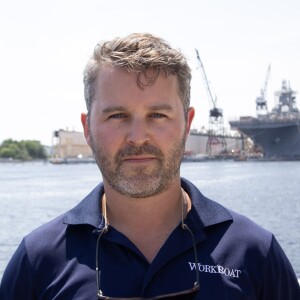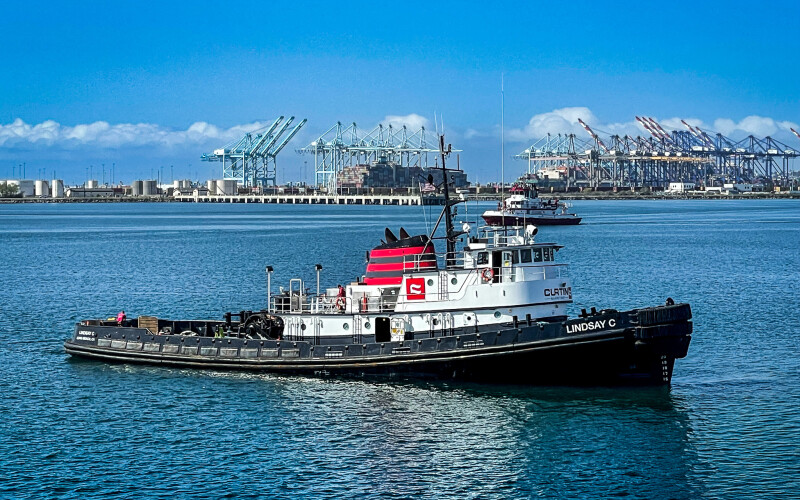Curtin Maritime, Long Beach, Calif., recently completed a repower of the Lindsay C, an Invader-class tug built in 1975 by J.R. McDermott & Co., Morgan City, La. Between 1974 and 1977, Crowley Maritime commissioned 25 Invader-class tugs at the McDermott yard, building a fleet that would become known for its speed and towing capabilities.
The design was originated by Philip F. Spaulding & Associates, Seattle, a firm that later became Nickum & Spaulding and eventually Elliott Bay Design Group. The Invader-class shows a distinct West Coast influence intended for heavy-duty ocean towing operations.
Curtin Maritime purchased the Lindsay C in response to customer demand for faster barge transit times, according to the company’s vice president of operations, Chase Henderson. “They came to us and said, ‘You need to figure out the fastest possible solution. … Get the fastest boat possible,’” said Henderson. “At that point, it was a pretty obvious answer of, well, the fastest boats in the U.S. fleet are Invader-class tugs, and it’d be a good match with the dimensions, draft, and overall displacement of the barge.
“We bought the boat in November of 2023, we had a PO [purchase order] for the engines cut in December, and then we started all the engineering,” Henderson said. “We’ve got a lidar laser scanner in house, so we scanned the engine room to do 3D modeling and then started working on the engineering with a naval arch firm to make sure everything could fit. We did a bunch of pre-engineering. And then we pulled the boat out of service in October 2024. Engines showed up in December, so the repower took about five months, which included a drydocking for propeller work and installation of a new sea chest.”
Originally outfitted with two EMD 20-645-E5 engines producing a total of 7,200 hp, the Invader-class are “high speed towing boats” said Josh Ellis, Curtin’s senior vice president of marine transportation.
Ellis sailed on various Invader tugs during his 20-year tenure at Crowley before joining Curtin in 2023. “They’re known for both their free running speed, and towing big barges at speed,” Ellis said.” He provided an example of their capabilities, suggesting barge tonnage maxed out around 20,000. “A 730-foot-by-100-foot barge, drawing 12 feet—that’s what they would tow making 10 knots,” he emphasized.
Curtin performed the repower in-house, navigating several complex engineering challenges. The original engines were replaced with new GE 8L250 engines, requiring substantial reconfiguration of the engine beds, heat rejection, and coupling, ventilation and exhaust systems. “We had to re-engineer the engine beds for alignment and everything, making sure that they were strong enough, going from a V-style engine to an inline engine,” Curtin’s engineering manager, Andy Taylor, noted.
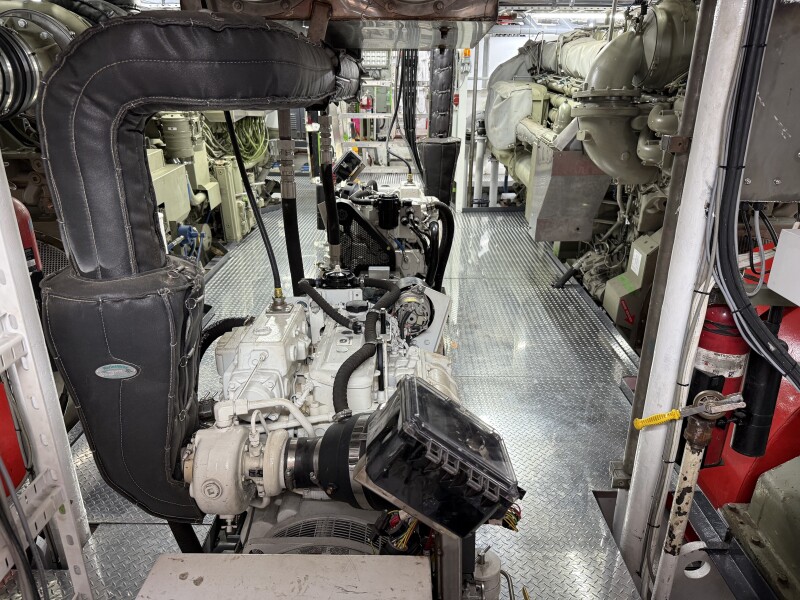
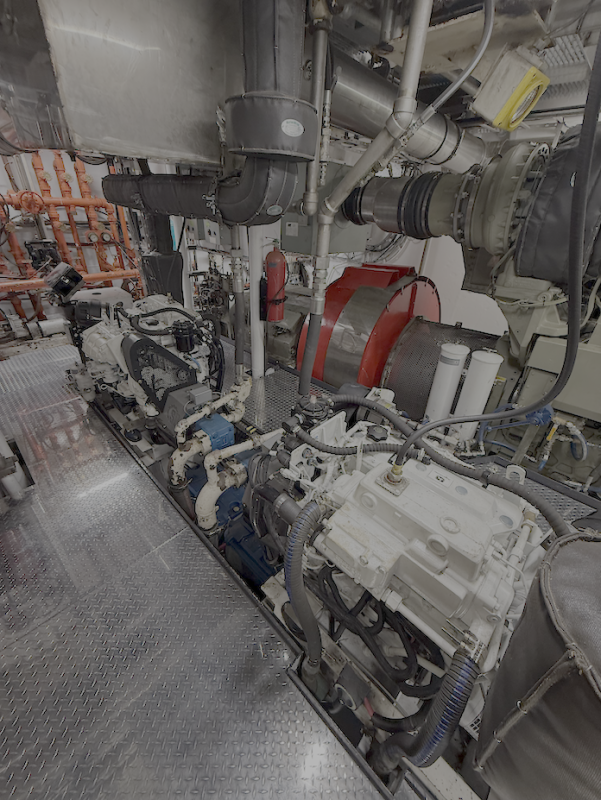
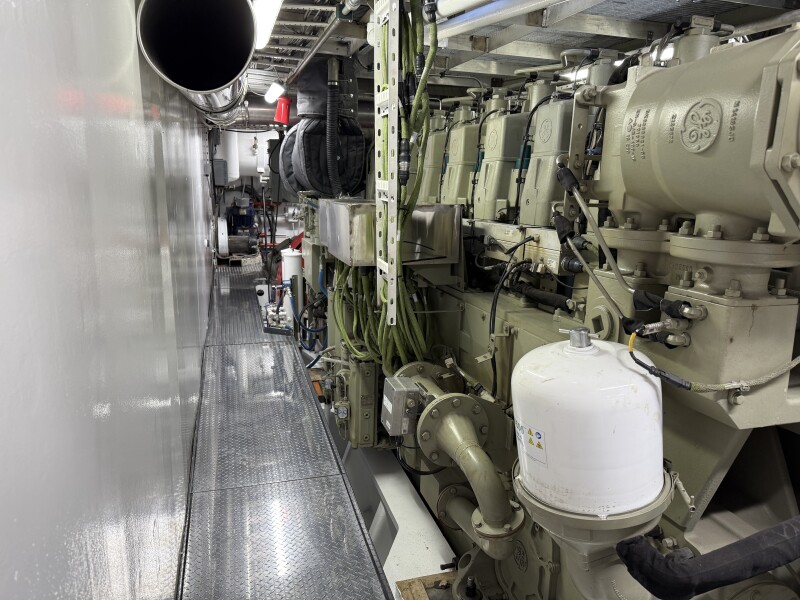
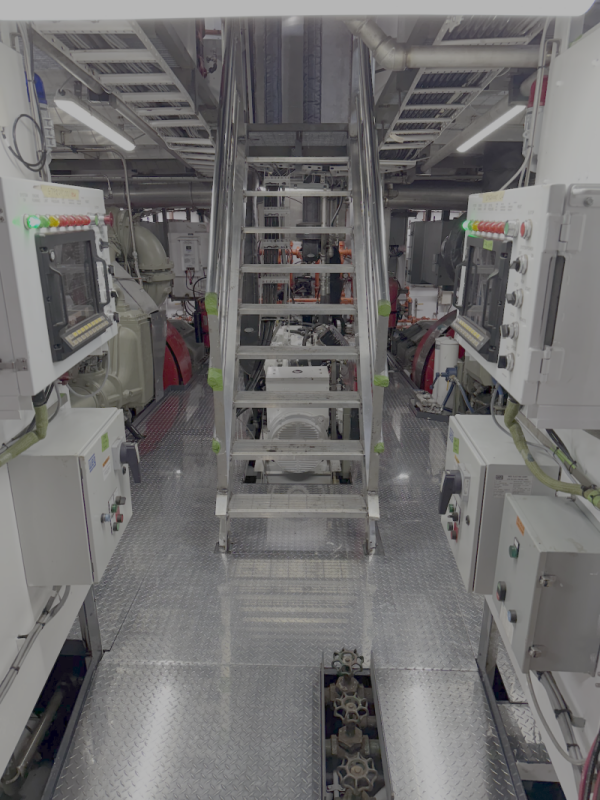
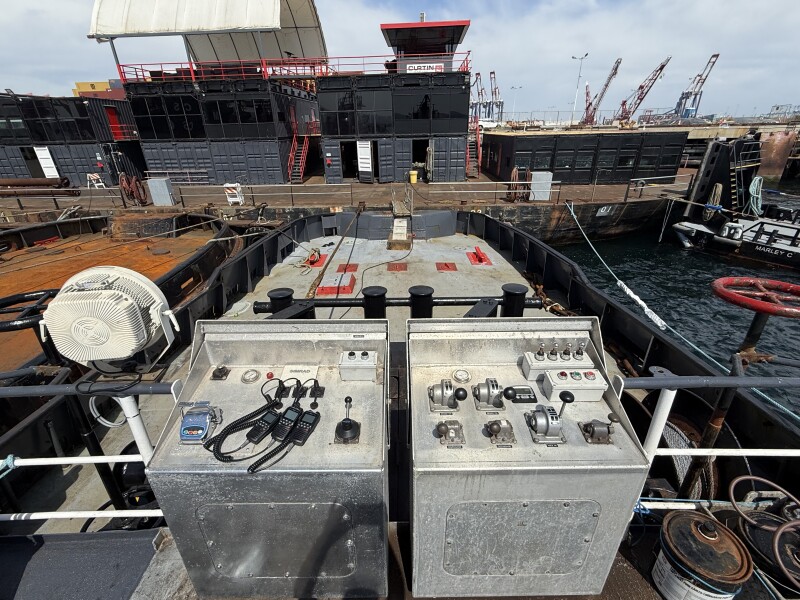
Additionally, cooling system modifications were extensive. The old engines required so much cooling capacity that nearly the entire bottom of the boat was taken up by channel coolers. The new Wabtec engines use a separate circuit cooling system with both jacket water and an aftercooling system.
Ellis spoke to the improved efficiency in the engine room design and fiddley space. “How it’s set up now, it’s almost like it should have always been built that way. Everyone who’s been on an Invader comes into the Lindsay now is like, ‘Wow, this is so much nicer,’” he noted. The new GE 8L250s offer roughly three additional feet of space in front of each engine. “You can actually have a dance party down there now,” Taylor joked.
Despite the engines’ smaller frames, inverse weight differences between each engine had to be carefully balanced. “The EMDs were around 35,000 pounds each, and the new GE engines are closer to 60,000 pounds each,” said Taylor. “Going from 20 cylinders down to eight, you just gain that much more mass in the cylinder block.”
The new engines offer 6,700 hp, roughly 500 hp less than the original EMD engines. Despite this, Taylor said, “In a boat that big, you can make it up in the prop pretty easily.” Initial sea trials with the boat have shown no loss in service speed, and a decrease in fuel consumption.
Ellis spoke to the capacities of the Invader-class, suggesting 70-to-75 tons of static bollard pull is “not that impressive” in relation to other builds. However, he said, “When you’re free running with a barge, they can pretty much beat anything.”
The advantage lies in dynamic bollard pull, Ellis explained. “That’s where we get into the conundrum of static bollard pull versus dynamic bollard pull, and why the Invaders are so good at what they do. In comparison, 7,200 horsepower is not that much with a lot of other boats on the market that have more bollard pull, but the Invaders can outperform them under real-world conditions,” he said. “Tug performance is not just about raw horsepower, it’s about hull shape and design, and hydrodynamics.”
Ellis said he witnessed another tug rated for 90 tons of bollard pull that could tow a 400'x100' light at a speed of only six-to-seven knots. “If you grab a 4x1 empty with an Invader, you can do 12 knots,” he said.
Additional Lindsay C upgrades included reworking the exhaust system to fit the new engines, which required fabricating and installing new stacks and insulation to meet emissions and safety requirements. The team also added a Tier 4 winch motor to the refurbished Markey winch and installed new industrial Tier 4 6068 John Deere generators, keeping the original Allison transmission and fabricating an adapter plate to fit. Curtin’s carpenters also completely rebuilt the wheelhouse, including a full rewire with primarily Furuno electronics, Rose Point ECS with Hatteland screens, and a new modern alarm system.
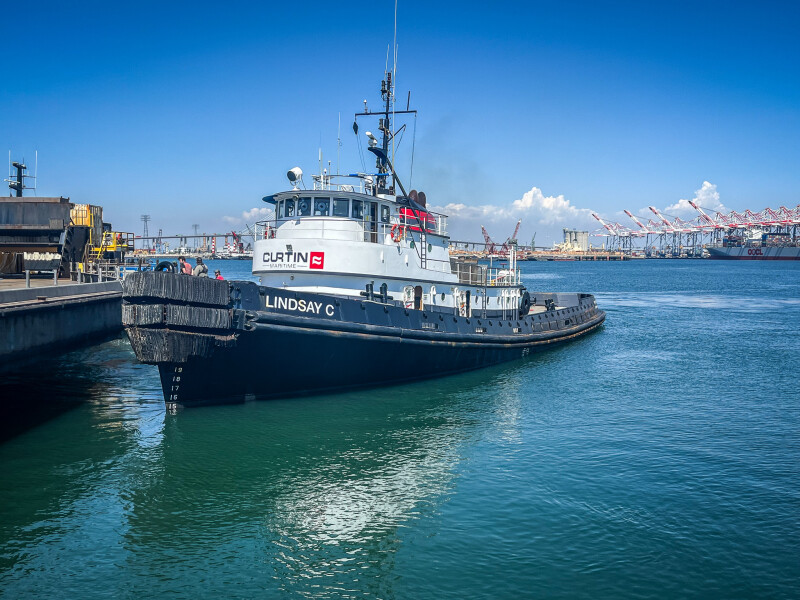
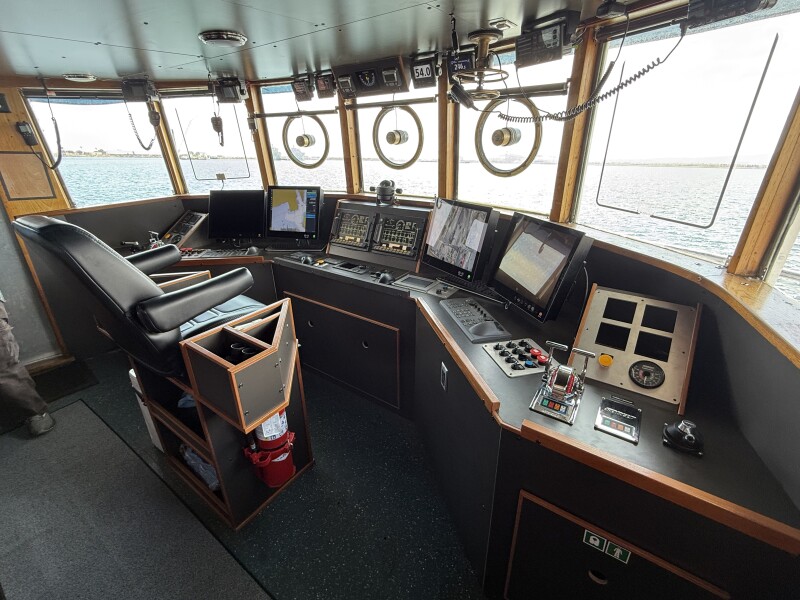
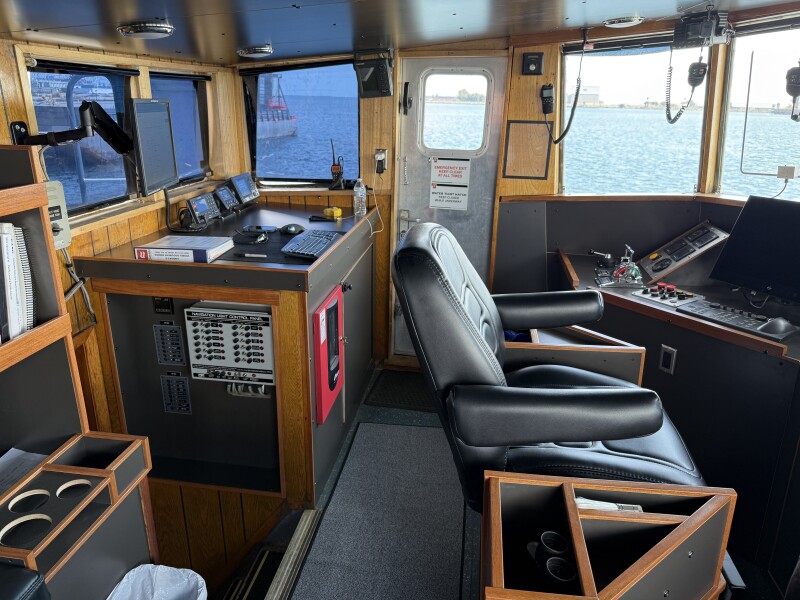
When asked about the 50-year-old vessel’s hull condition, Ellis emphasized the rolled-plate steel that comprises it. “You can go down to reduce scantlings and still run them,” he said of the tug design, before noting that building an Invader-class design today would ring in around $38 million. “Those boats are just over-built. In comparison, you just couldn’t afford to build a modern one,” he said, highlighting the 1.25” steel cap rail on the bulwarks.
The 136'2.5"x36.5'x19'2" Lindsay C completed sea trials in late March 2025 and is returning to active duty at the time of writing in April. “She wrapped up sea trials last week. We had some things to button up, but she’ll be getting back underway for another job this weekend,” Henderson concluded.



